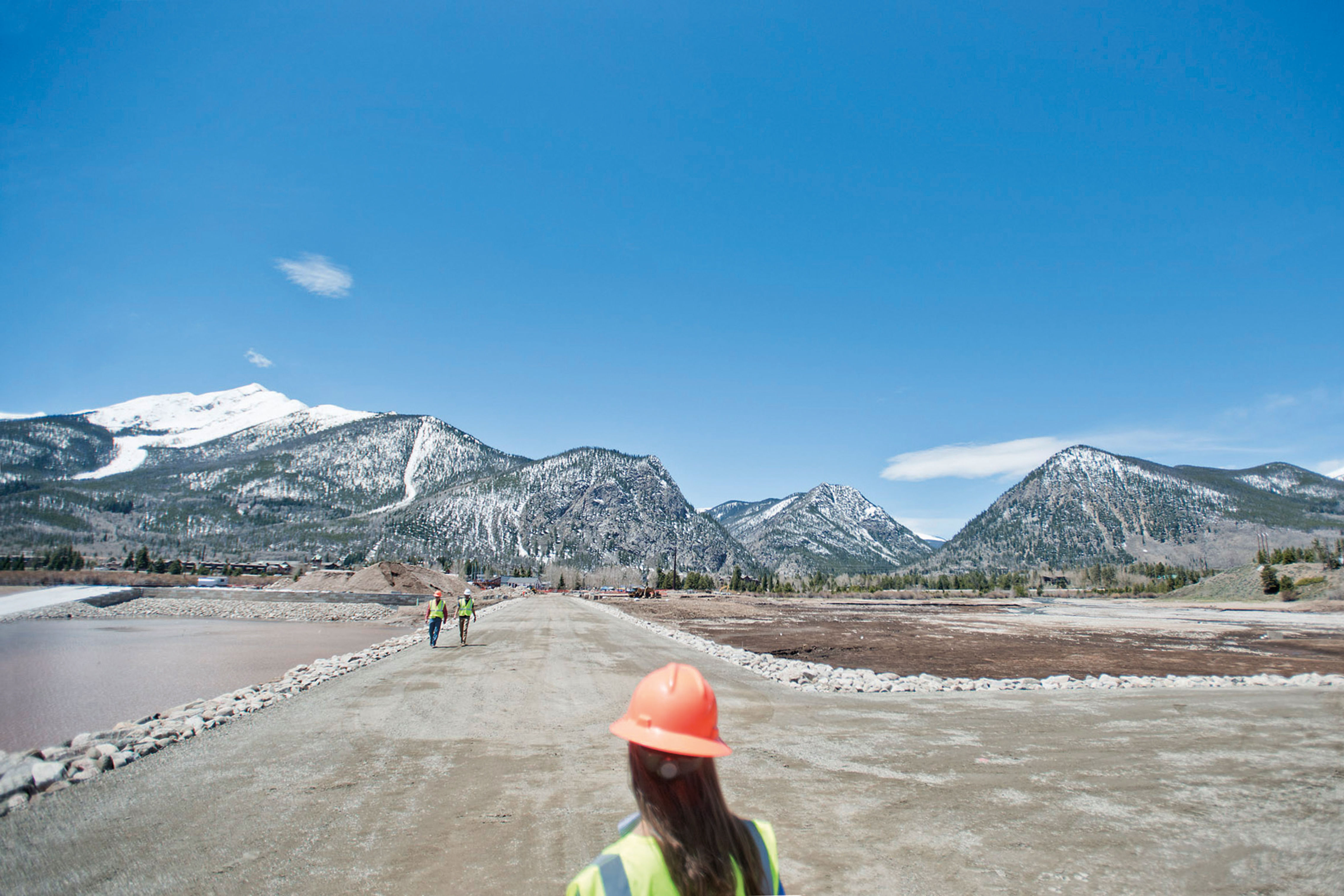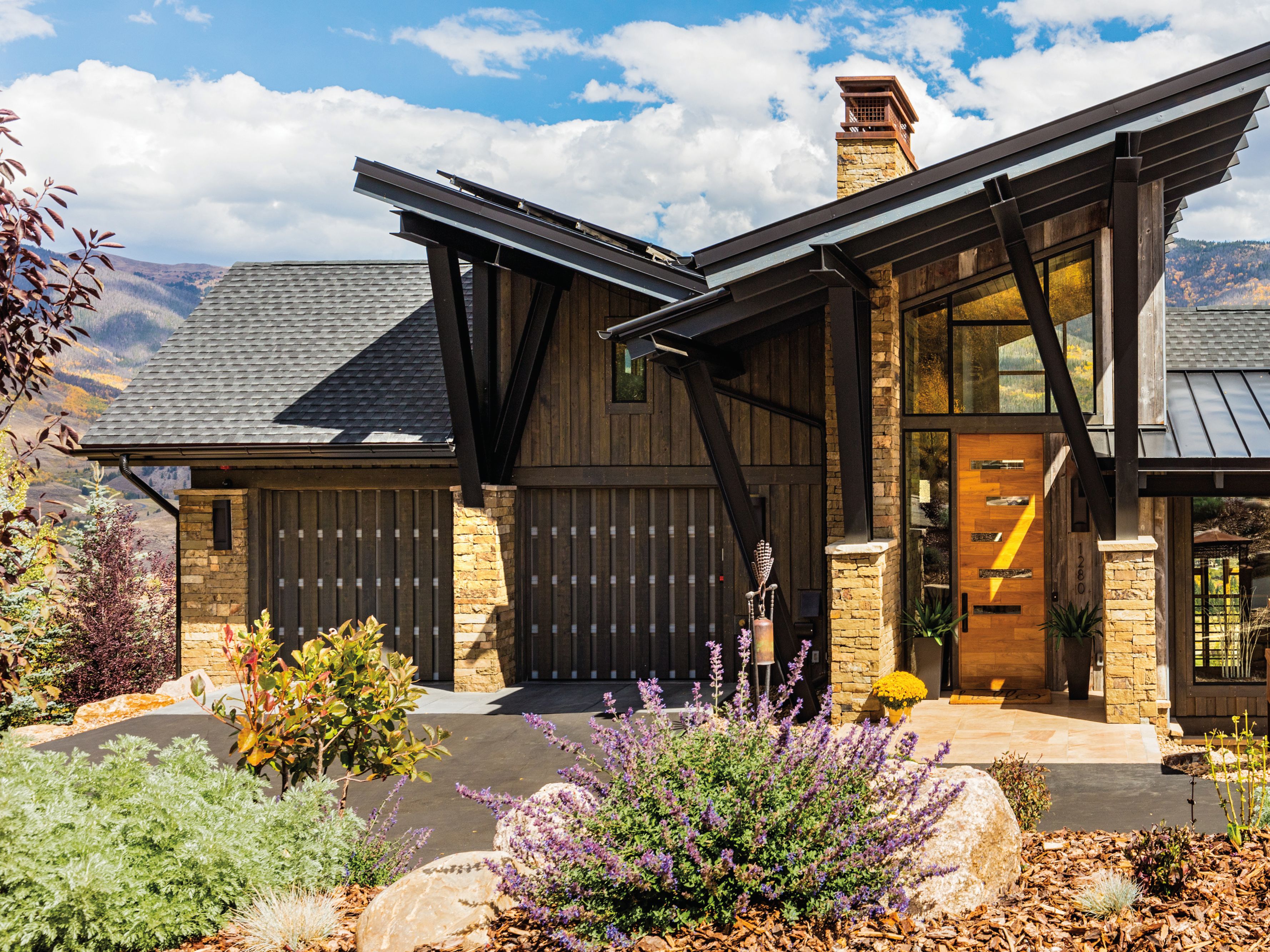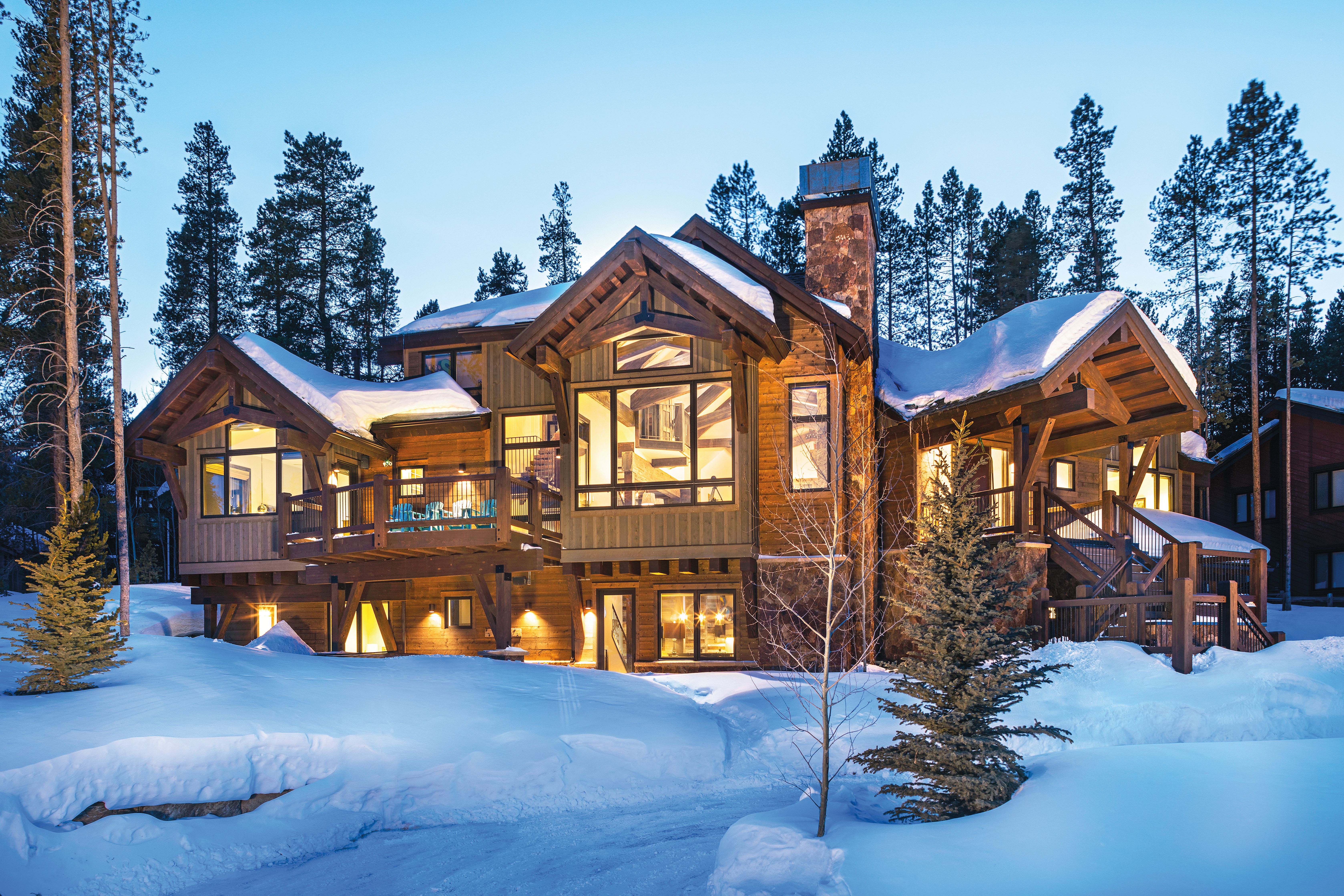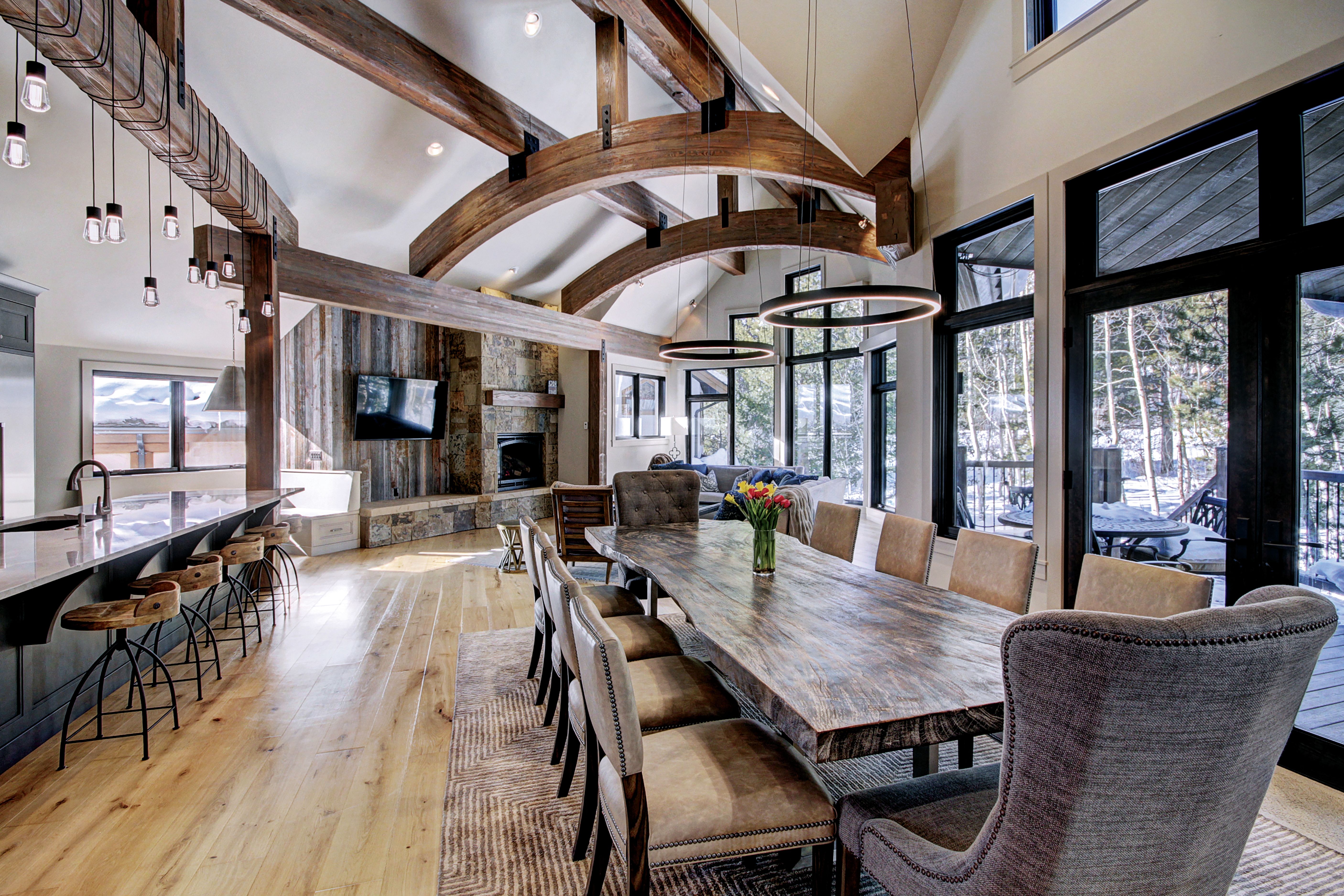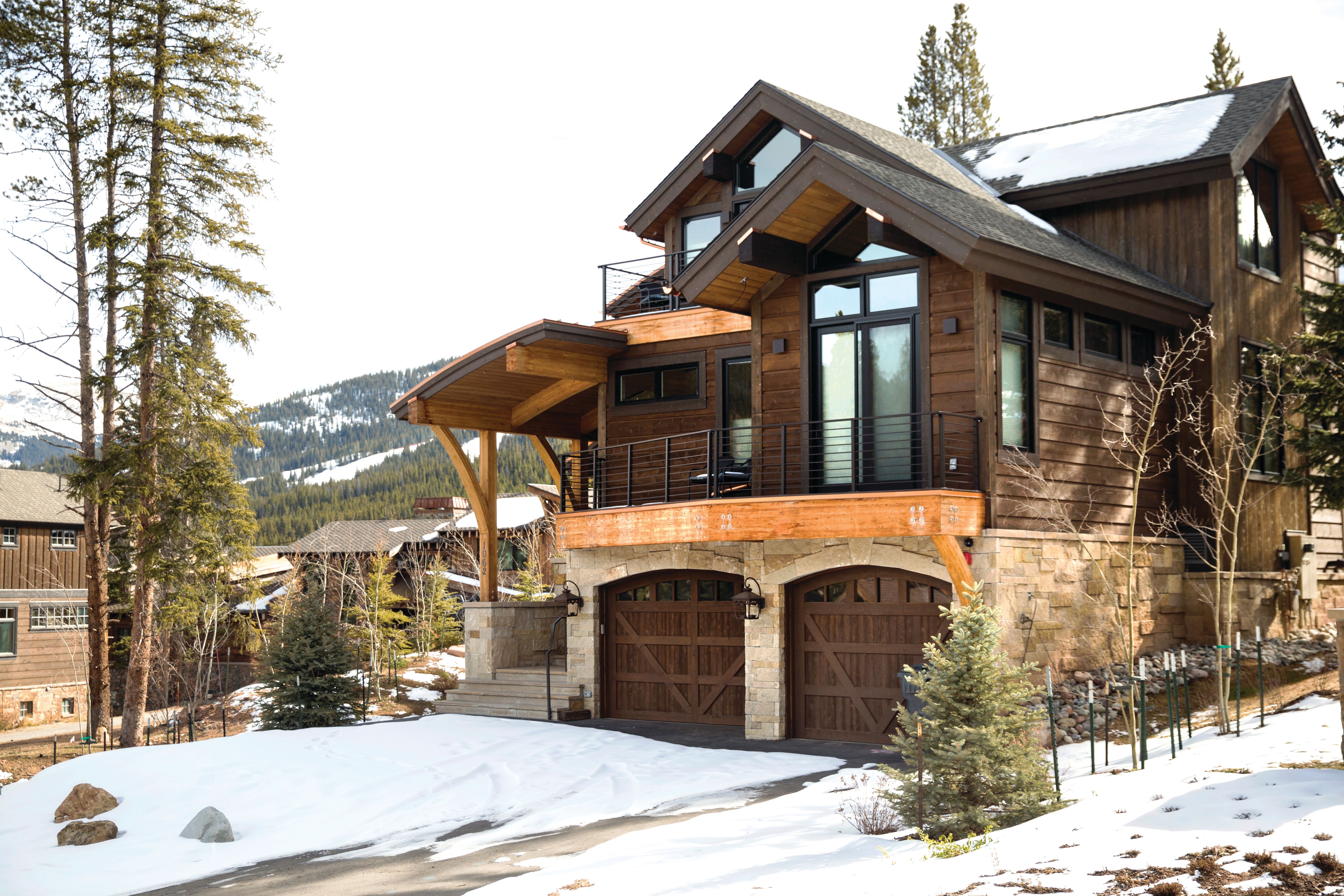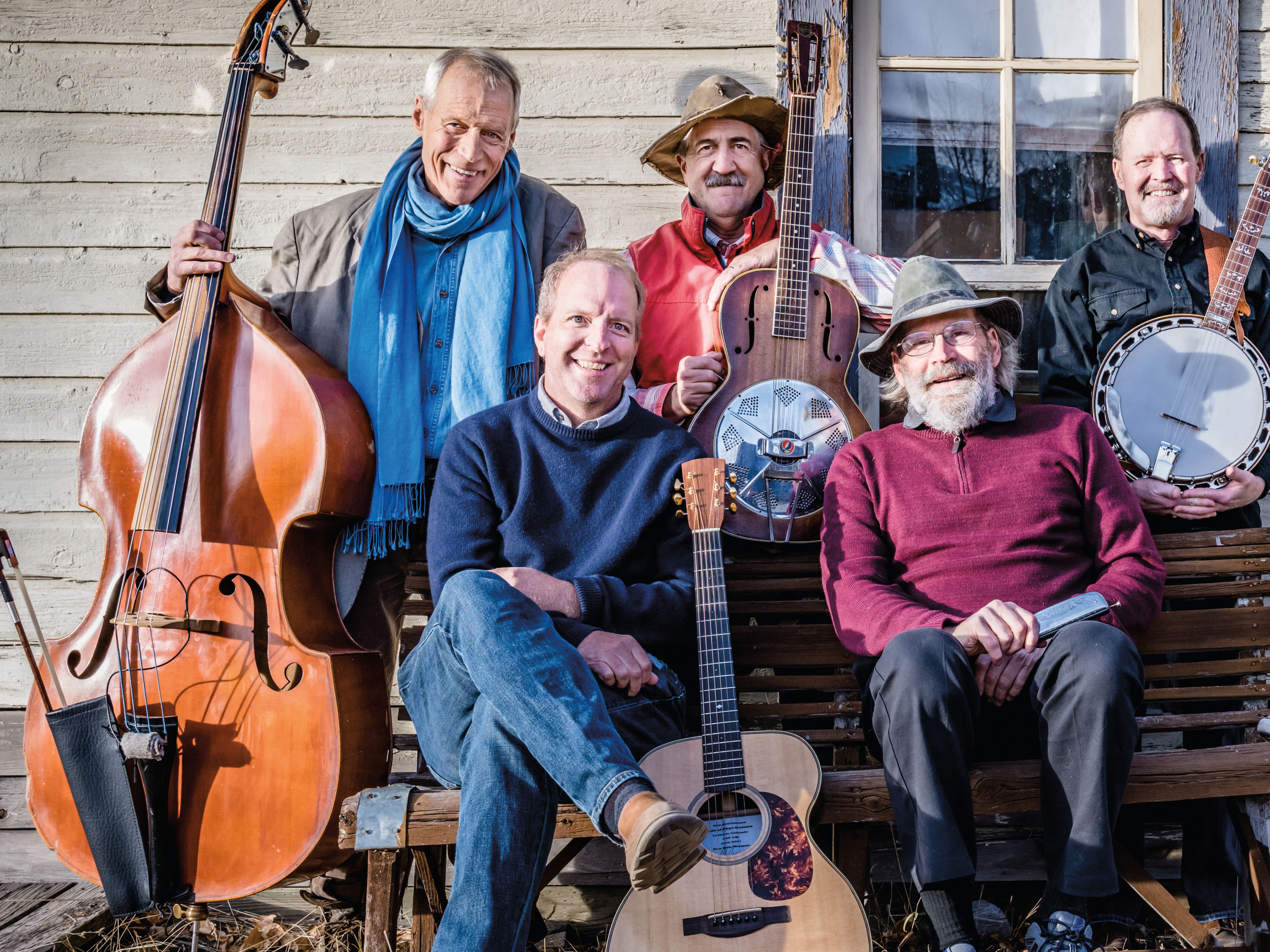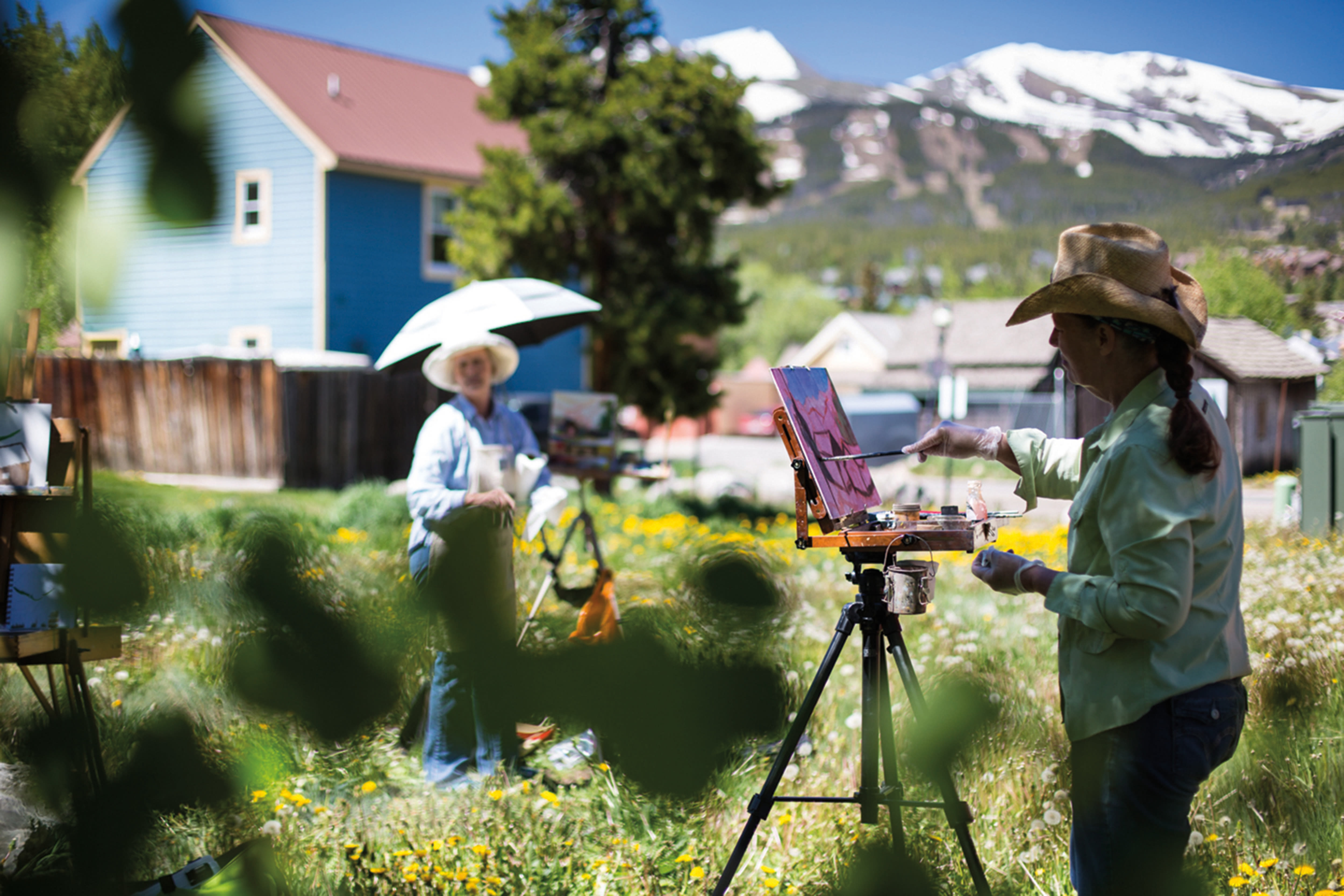Panorama
Are You an Epic, or an Ikon-ic, Skier?
With the introduction of yet another unlimited lift ticket, the snow stakes are high for serious resort skiers.
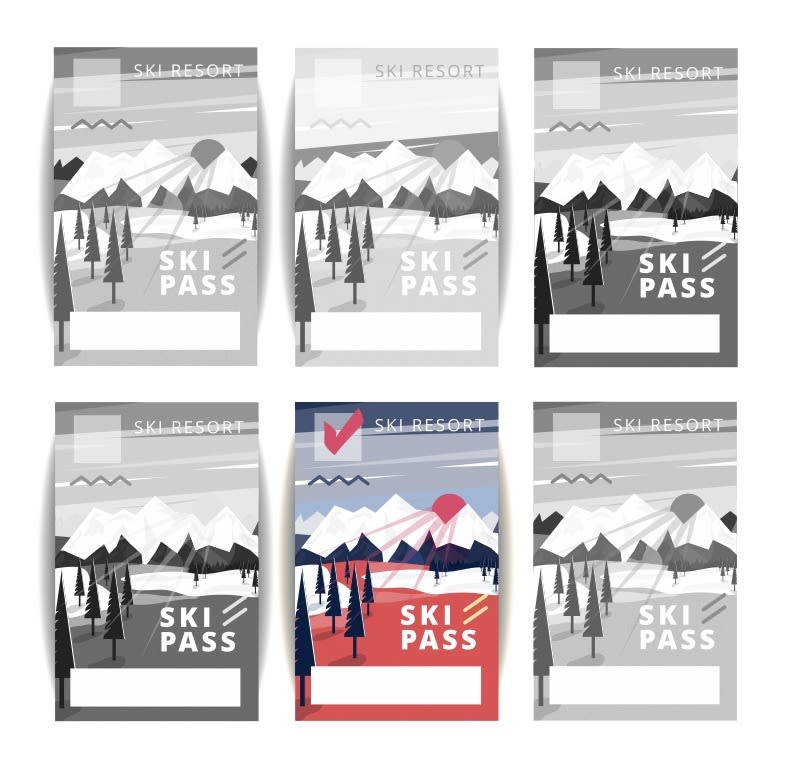
Image: Colorado Summit Staff
In the most anticipated business duel to hit the ski industry in recent memory, this winter, for the first time in its 10-year history, Vail Resorts’ dominant Epic Pass faced a worthy challenger: the upstart Ikon Pass. The similarly priced season passes (roughly $900 for the Epic and $1,000 for the Ikon) offer unlimited access to some of the world’s premier resorts, including all four in Summit County—Breckenridge, Keystone, and Arapahoe Basin fall under the Epic, and Copper Mountain is on the Ikon.
The local implications are only part of the intrigue, though. Both Vail Resorts and Ikon’s parent, Alterra Mountain Company—a conglomerate formed by Henry Crown and Co, which owns Aspen Snowmass, and KSL Capital Partners in Denver—have spent years buying up top-tier resorts in anticipation of this showdown. Vail’s recent acquisitions include Whistler Blackcomb, Crested Butte, Stowe, and Park City, while Alterra bought Steamboat, Winter Park, Mammoth Mountain, and Deer Valley. In part because Alterra is run by a number of ex-Vail executives, the Ikon Pass is packaged much like the Epic; in addition to unlimited skiing at each company’s primary local resorts, both include five to seven days of skiing at top-tier partner resorts around the country and across the globe, from Telluride, Fernie, Les 3 Vallées, and Hakuba Valley (Epic) to Jackson Hole, Alta/Snowbird, Revelstoke, and Hokkaido (Ikon). Compared to single-day prices at the ticket window on peak days (up to $172 at Breck), for locals and Front Range skiers and anyone booking a weeklong ski vacation, forking over an amount that could buy a major kitchen appliance makes economic sense since the spendy passes with all those perks pay for themselves after seven days of skiing.
This fall, skiers who live close to an Ikon or Epic resort had a straightforward decision to make: buy the pass that secures unlimited access to your favorite local mountain. But what happens when (as is the case for those who live and/or work in Frisco, Silverthorne, and Dillon) you plan to frequent mountains in both the Epic (Keystone/A-Basin) and the Ikon (Copper) programs? At Pioneer Sports, where after a year of service full-timers qualify for a free season pass of their choosing, a clear winner emerged; of the six eligible employees, all but one had opted for the Epic as of October.
John Bullard, 29, a ski technician at Pioneer’s Frisco store says he chose the Epic because he lives in Breckenridge, loves the option of visiting Vail and Beaver Creek, and has access to a shared pass to Copper that he can use whenever he wants to hit that resort. He also has a 6-month-old daughter. “So I’m sticking close to home and don’t need to travel,” he explains.
Bullard’s Pioneer colleague Luke Schwartz, however, selected the Ikon—then bought a Keystone/A-Basin pass on his own. The 24-year-old says “at least 15” of his friends had bought both Epic and Ikon passes, and he wanted to ride with them, as well as with family visiting from San Diego who prefer Epic resorts. He also plans to frequent Steamboat and Winter Park, and in February will use his Ikon Pass at Big Sky and Jackson Hole. “I still love the local mountains, but for me it’s about diversity and traveling,” Schwartz says, adding that the Ikon’s partner resorts intrigued him more than the Epic’s.
Meanwhile, A-Basin’s agreement with Vail expires at the end of this season, leaving locals to wonder if that ski area might switch to the Ikon or even forgo the pass wars altogether and become independent. Regardless, you get the feeling the race to create the world’s best ski pass is far from over.



